1. Media Rooms

A decade ago, having a dedicated theater room felt cutting-edge and glamorous. Developers still install them, complete with plush seating and surround sound, hoping to create that wow factor. But buyers today often prefer flexible, multipurpose spaces rather than one locked into watching movies.
Streaming services and massive TVs mean you can have a “theater experience” anywhere in the house. A media room can feel dated and underutilized compared to an open family room. Many buyers see it as wasted square footage. What was once a selling point now feels more like a relic.
2. Wine Cellars
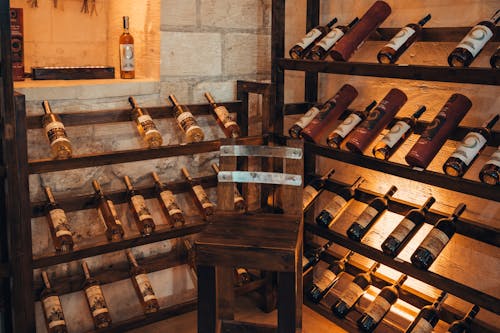
Developers love to tout wine cellars as a mark of luxury, assuming they’ll impress buyers with visions of entertaining and collecting vintages. The reality? Most buyers either don’t drink enough wine to justify it or prefer simpler storage options like a wine fridge. The upkeep and cost of outfitting a cellar can feel like more of a hassle than a perk.
That doesn’t mean no one appreciates them—it’s just a very niche audience. For the average homebuyer, that square footage could have been better used as a home office or playroom. Buyers today often prioritize practical spaces over indulgent ones. So while developers see dollar signs, most buyers shrug.
3. Outdoor Kitchens
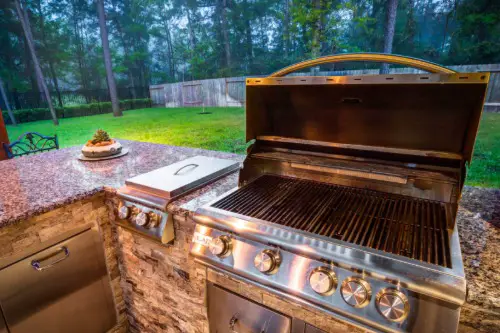
You’ll often see outdoor kitchens with stainless steel grills, fridges, and countertops in higher-end developments. They look incredible in photos, and developers bank on that Instagram-worthy appeal. But in many climates, they go largely unused after the novelty wears off.
For buyers, the upkeep can be annoying, especially if weather or pests become issues. People may picture summer cookouts, but most end up grilling on a standard patio barbecue. It’s one of those amenities that looks good on a listing but doesn’t translate to everyday life. The cost-to-value ratio just doesn’t land for most households.
4. Smart Home Control Panels

Whole-home automation systems with centralized panels are a favorite for developers to show off. They look sleek, futuristic, and expensive, suggesting a house is “high-tech.” The catch? Buyers often find them confusing, outdated quickly, or redundant if they already use Alexa, Google Home, or other apps.
Instead of convenience, they can feel like one more gadget to learn. When a system breaks or requires updates, it’s a headache most buyers don’t want. Tech-savvy homeowners often prefer plug-and-play solutions that they can control from their phones. So the built-in systems are more showpiece than practical.
5. Saunas
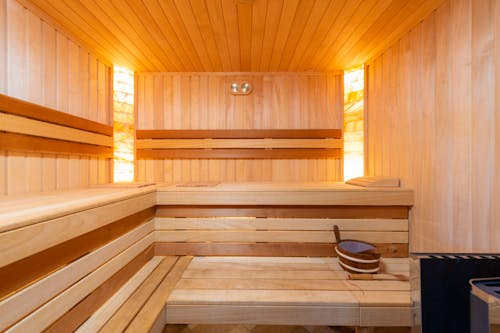
Saunas add a spa-like touch that developers hope screams wellness and luxury. But most buyers see them as an extravagance they’ll rarely use. They take up a lot of space and require maintenance that doesn’t appeal to the average household.
Wellness amenities are trendy, but only if they’re easy and practical. A sauna usually becomes that one room everyone forgets about. Buyers tend to prioritize a good shower or soaking tub over a whole sauna installation. It’s a luxury that just doesn’t land with most people.
6. Community Business Centers

In master-planned communities, developers often add shared business centers with conference rooms and printers. The idea is to appeal to remote workers and professionals. But in practice, most buyers just work from their own home offices or coffee shops.
The pandemic only accelerated the trend toward personalized workspaces. Shared office space feels unnecessary when your laptop and Wi-Fi are enough. These centers often go unused, gathering dust and becoming wasted square footage in a clubhouse. They sound great in brochures but don’t meet real-world needs.
7. Water Features in Backyards
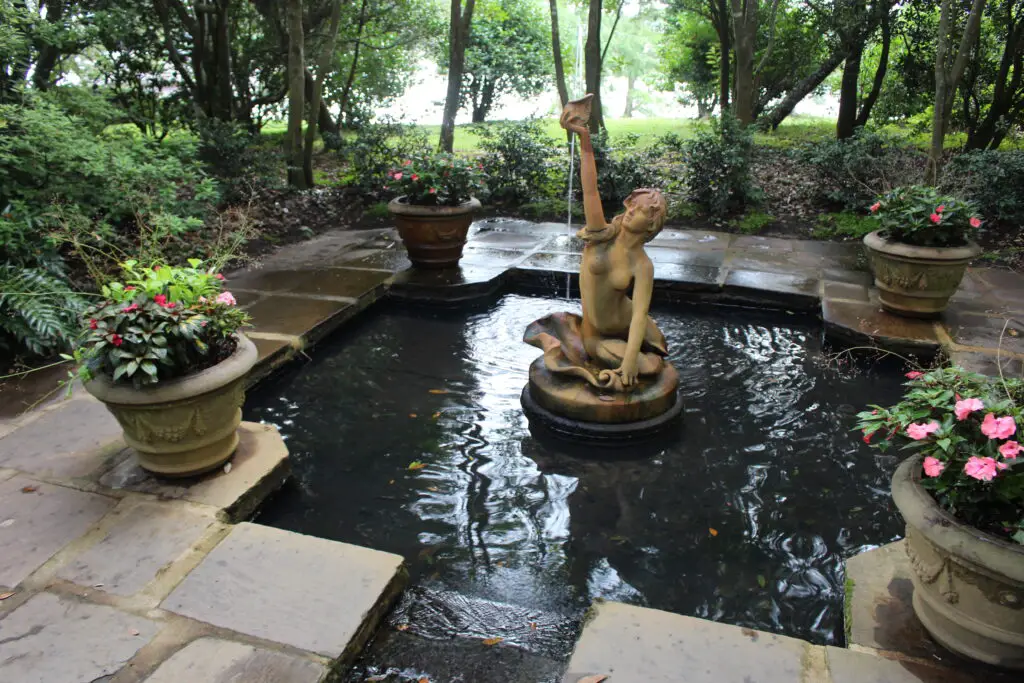
A backyard fountain or decorative pond may feel like a peaceful selling point. Developers love them because they look upscale and “zen.” But buyers often see nothing but maintenance, mosquitos, and water bills.
Practical outdoor space usually wins over ornamental features. Buyers with kids or pets especially worry about safety. And in drought-prone areas, they can feel downright tone-deaf. Pretty on paper, but rarely a win in reality.
8. Built-In Desks
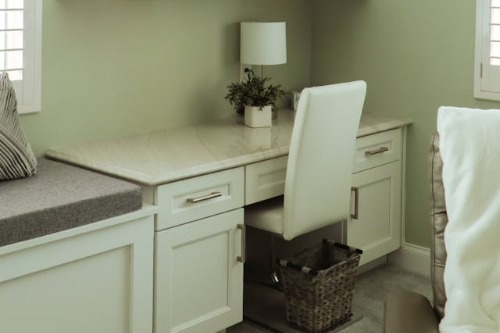
Built-in desks were once considered a thoughtful touch for homework or small workspaces. Developers still put them into kitchens, hallways, or lofts, expecting them to be useful. But today’s buyers largely ignore them, preferring flexible, mobile setups.
Work-from-home has shifted needs toward full home offices or multipurpose rooms. A fixed desk feels cramped, outdated, and underwhelming. Most buyers see them as wasted nooks. They’re a reminder that what once was practical now feels limiting.
9. Formal Dining Rooms
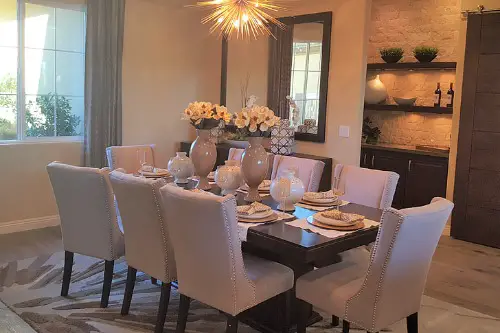
Developers still insist on including formal dining rooms in floor plans, assuming they add prestige. Yet buyers increasingly see them as wasted space, preferring open layouts where dining flows into living areas. Few families use a dedicated dining room more than a few times a year.
Everyday meals usually happen at a kitchen island or casual dining nook. A formal dining room often becomes a catchall for clutter or a rarely used space. Buyers value square footage they can live in daily, not just during holidays. Developers cling to tradition, but modern lifestyles say otherwise.
10. Jetted Tubs
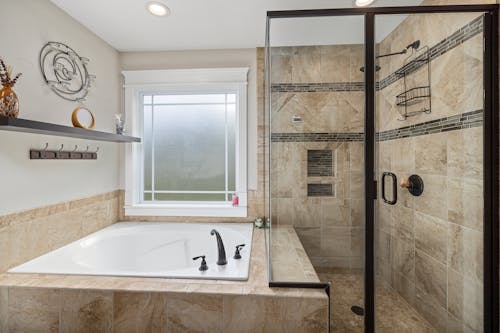
Those oversized jetted tubs used to be the ultimate bathroom luxury. Developers still put them in master baths, believing they symbolize high-end living. But most buyers view them as impractical, hard to clean, and rarely used.
People today often prefer walk-in showers with spa-like features. A jetted tub takes up space and feels indulgent in a way few people actually indulge. Many buyers rip them out after moving in. Developers may see value, but buyers see an obstacle.
11. Tennis Courts

In communities, tennis courts were once a huge amenity draw. Developers still build them as part of that country-club lifestyle image. But the reality is, pickleball has overtaken tennis in popularity, and many courts sit empty.
Buyers don’t see tennis courts as the must-have they once were. They can even feel like wasted land compared to multipurpose courts or green space. Developers think “prestige,” but buyers think “obsolete.” The mismatch is glaring in newer neighborhoods.
12. Gated Entryways
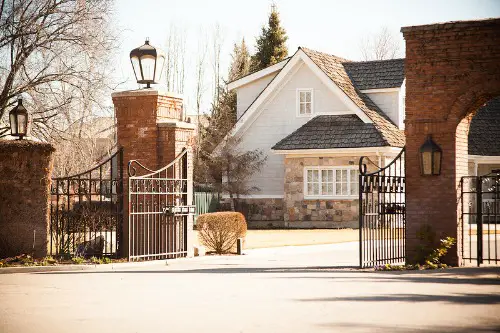
Developers like to add gated entryways to communities, marketing them as a sign of exclusivity and safety. But many buyers don’t actually prioritize them. Studies show gated communities don’t necessarily reduce crime, and buyers know that.
The gates can even feel inconvenient, adding delays for residents and guests. Maintenance costs also get passed along through HOA fees. So while the image is upscale, the real-world benefit feels slim. Developers lean on perception, but buyers see the hassle.
This post 12 Amenities Developers Swear Add Value—That Buyers Ignore was first published on Greenhouse Black.
